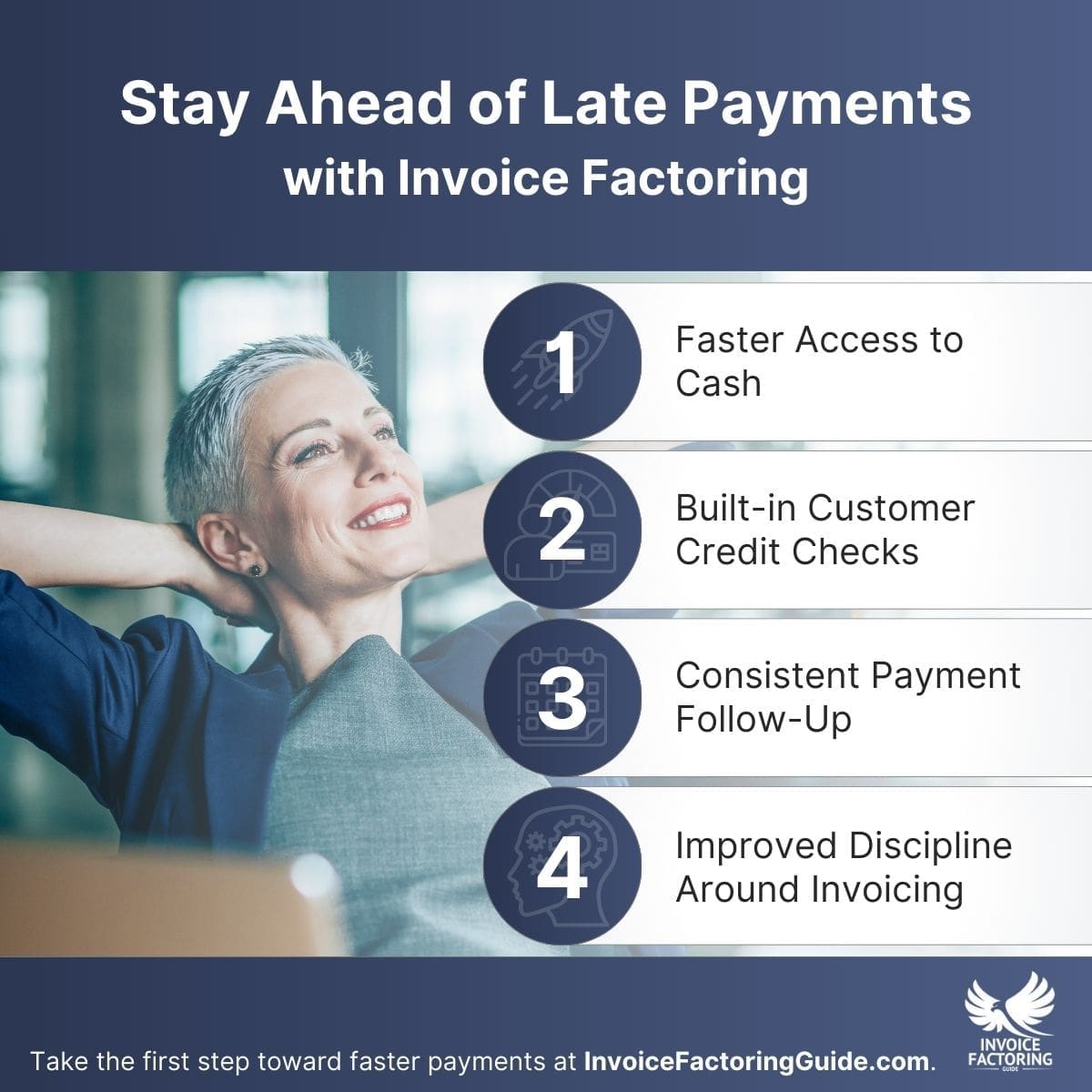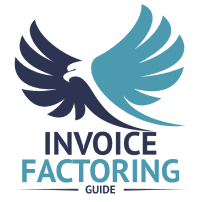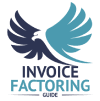
Late payments are one of the biggest cash flow headaches for businesses, and they’re not rare. In all, 47 percent of B2B receivables remain unpaid after the due date, according to Atradius. That’s almost half your expected income arriving late, if it arrives at all. Let’s take a look at the causes behind this and explore some tips for managing late payments.
Many Causes of Slow and Late Payments Are within Your Control
While you may still have some late payments even if you implement strong systems, most are tied to the issues outlined below.
- Long Payment Terms: Offering net 30, 60, or even 90 days is standard in many industries. However, that means you’re waiting weeks or months to get paid for work you’ve already delivered.
- Customer Cash Flow Issues: Your clients may be dealing with their own financial problems. When money’s tight on their end, your invoice doesn’t always make the top of the stack.
- Internal Delays: Sometimes it’s paperwork. Missing purchase orders, unclear billing details, or just a slow-moving accounting department can all cause delays, even when everyone has good intentions.
- No Follow-Up System: If your team isn’t tracking overdue invoices or sending reminders, it’s easy for payments to fall through the cracks. That’s especially true for smaller teams juggling multiple roles.
- Invoicing Errors: Incorrect amounts, missing information, or vague descriptions can give your customer an excuse to delay payment. Even one mistake can stall the process by days or weeks.
- Lack of Convenient Payment Options: If your customer has to mail a check or call someone to process payment, it adds friction. The harder it is to pay, the more likely it is to be delayed.
Late Payments Affect Cash Flow and Growth
Late payments can quietly destabilize a business. On the surface, you may have strong revenue and steady sales, but if the money isn’t coming in fast enough to cover your obligations, growth stalls and financial stress builds. This kind of strain isn’t always obvious at first, but it compounds quickly.
Identifying Signs of Cash Flow Strain
Here’s what to watch for if late payments are starting to take a toll.
- Frequent Use of Credit to Cover Basics: If you’re relying on credit cards, lines of credit, or short-term loans just to make payroll or pay vendors, that’s a red flag. These tools can help in a pinch, but regular dependence suggests a deeper cash flow issue.
- Delays in Paying Your Own Bills: When your accounts payable are aging out because you’re still waiting on receivables, the risk of late fees, service interruptions, or strained relationships with suppliers increases.
- Postponed Growth Initiatives: If you’re holding off on hiring, marketing, inventory purchases, or expansion plans, even with demand in place, it may be because cash flow is too unpredictable.
- Customer Concentration Risk: If a few late-paying customers represent a large portion of your revenue, a delay from any one of them can ripple through your entire operation.
- Overdue Invoices Keep Climbing: When aging reports show an increasing portion of receivables sitting in the 60-day or 90-day columns, it’s more than a collections problem. It’s a sign that your business is carrying too much risk on the balance sheet.
Long-Term Consequences for Business Stability
Short-term slowdowns can be managed. But over time, consistent late payments create structural issues that weaken your financial foundation.
- Reduced Profit Margins: Using high-interest credit or offering discounts to encourage faster payments eats into your margins. The longer it goes on, the harder it is to stay profitable.
- Weakened Vendor Relationships: If you’re forced to pay your vendors late, you may lose early payment discounts or damage trust. In some industries, that can lead to stock shortages or missed deadlines.
- Stalled Innovation and Investment: When cash is tied up in receivables, there’s less left for R&D, tech upgrades, or equipment purchases that would otherwise help you grow more efficiently.
- Increased Risk of Insolvency: Poor cash flow management is the reason behind 82 percent of small business closures, Forbes reports. In many cases, it’s not that the business model is broken, it’s that the money simply doesn’t arrive fast enough to keep up with obligations.
Apply Proven Strategies for Managing Late Payments

Once payments are overdue, the goal is to collect quickly without damaging the customer relationship. That requires a balance of clarity, consistency, and professionalism. Below are strategies you can use to stay in control and recover payments faster.
Strengthen Internal Follow-Up Processes
- Establish a Consistent Follow-Up Schedule: Set clear intervals for checking in, such as a reminder a few days before the due date, a notice the day it becomes overdue, and regular follow-ups afterward. Make it part of your weekly operations, not an afterthought.
- Use Dedicated Software or Tracking Tools: You need a way to track invoice statuses and aging, and visibility is key. You can’t act on what you don’t see. Leverage accounting software like QuickBooks or Xero.
- Assign Clear Responsibility: Collections should never be a shared responsibility between departments or left to chance. Assign one person, or a specific role, who owns the follow-up process and can escalate issues as needed.
Improve Communication with Late-Paying Customers
- Stay Polite but Direct: A friendly reminder is appropriate at first, but don’t let tone soften the message. Be clear that payment is overdue and include the invoice number, amount, and payment methods in every communication.
- Make it Easy to Respond: Ask questions like, “Is there anything holding this up on your end?” to uncover issues early. Many delays are solvable once you know what’s causing them.
- Keep Records of Every Interaction: Document emails, calls, and notes from conversations. This helps maintain a consistent tone and gives you a complete history if you need to escalate the situation later.
Offer Flexible Payment Solutions, within Limits
- Break Larger Balances into Installments: If a customer is unable to pay in full, setting up a short-term payment plan may be more effective than continuing to wait for the full amount. Just be clear about terms and timelines.
- Reinforce Payment Options: If your business accepts ACH, credit card, or digital payments, remind customers of these options in every invoice and follow-up. Reducing friction often leads to faster payments.
- Avoid Discounting as a Default Strategy: Offering discounts for late payments can set the wrong precedent. Use this sparingly, and only when it benefits your long-term relationship or cash position.
Know When to Escalate Internally
It helps to define internal thresholds ahead of time. Decide at what point an overdue invoice should trigger a policy change, like pausing future orders, escalating the issue to leadership, or shifting that customer to prepaid terms. These decisions are easier to make when the criteria are clear and documented. It also ensures your team acts consistently, which helps protect customer relationships while still keeping your cash flow in check.
Know When to Escalate Externally
Escalating late payments through legal or third-party channels can recover what you’re owed, but it comes at a cost, time, money, and sometimes relationships. Before moving forward, ask yourself:
- Is the balance large enough to justify the effort?
- Is the customer likely to respond, or is the account truly lost?
- Do you want to continue doing business with this customer?
Having a threshold in place, for example, escalating invoices over a certain dollar amount or that are more than 90 days late, can help you make decisions consistently and objectively.
Escalate to External Options to Handle Late Payments
When internal efforts to collect a late payment are exhausted, it may be time to escalate. That doesn’t always mean jumping straight to court. There are a range of options available, depending on how much is owed, how long it’s been overdue, and the value of the customer relationship.
Engage a Third-Party Collections Agency
Partnering with a professional collections agency can take the pressure off your internal team. Many work on contingency, meaning they only get paid if you do. This is often a practical step for invoices that are over 90 days past due and unlikely to be recovered through standard follow-up. However, turning an account over to collections can strain or end the customer relationship.
Send a Formal Demand Letter
Having an attorney send a demand letter signals that you’re serious about collecting. It outlines the amount due, refers to the agreement in place, and gives a final deadline before legal action begins. In many cases, this alone is enough to prompt payment, especially if the customer has been unresponsive or evasive.
Small Claims Court
For balances that fall within your state’s small claims limit, this option allows you to pursue the debt without hiring a lawyer. You’ll need to show documentation, attend a hearing, and, if successful, enforce the judgment. The process varies by state but is generally faster and more affordable than civil court.
Civil Court Action
When the amount owed exceeds the small claims cap, you may need to escalate through civil court. This route is more formal and may require legal representation, but it’s appropriate when the invoice is large and the customer has the means to pay.
Selling the Debt
If the account is uncollectible and no longer worth pursuing, you may choose to sell the debt to a third-party buyer. These companies pay a fraction of the value and take on the risk of collection. You recover some funds but lose the chance to collect the full amount, and likely the customer relationship as well.
Build a Proactive Approach to Prevent Late Payments
Late payments often start with preventable missteps. From unclear terms to weak onboarding, even small gaps in your process can cause delays. A proactive approach focuses on setting the right expectations up front, removing friction from payment, and building systems that reduce the risk of overdue invoices.
Set Clear Expectations from Day One
- Use Written Agreements: Every customer engagement should begin with a contract that clearly outlines your payment terms, including due dates, accepted payment methods, and any penalties for late payment. Verbal agreements or vague language leave too much room for misunderstanding.
- Reinforce Payment Terms Early and Often: Include payment terms on proposals, order confirmations, and every invoice. If the customer doesn’t see or remember the due date, it’s harder to hold them accountable.
- Send Invoices Promptly: The clock doesn’t start until the invoice is sent. Waiting a week or longer to bill your customer delays payment before any issue even arises.
Make it Easier to Pay You
- Offer Multiple Payment Options: If you’re only accepting checks, you’re adding friction. Consider offering ACH, credit card, or online payment portals. Giving customers convenient choices speeds up the process.
- Include Payment Instructions on Every Invoice: Spell it out. Make sure your invoice includes who to contact with questions, how to submit payment, and what information should be included in the remittance.
- Use Automation Where You Can: Invoicing software can send reminders before and after the due date, track outstanding balances, and reduce human error. The more consistent your system, the fewer invoices slip through the cracks.
Screen Customers Before Extending Terms
- Run Credit Checks for B2B Clients: If you’re offering net terms, treat it like issuing credit, because it is. A basic business credit check can tell you whether a new customer has a history of paying late.
- Start with Tighter Terms for New Accounts: For first-time customers, consider shorter terms or partial upfront payments. You can always extend more flexible terms once trust is established.
Communicate Proactively
- Send Friendly Reminders Before the Due Date: A quick email a few days in advance can prevent an invoice from being forgotten. This is especially helpful when dealing with busy AP departments or multiple approval layers.
- Follow Up Consistently, Not Emotionally: If a payment is late, act quickly and stay calm. A firm but professional tone makes it clear that payment is expected, without escalating tension unnecessarily.
Stay Ahead of Late Payments with Invoice Factoring
Factoring allows you to convert your unpaid invoices into working capital without waiting for customers to pay. While many of the strategies we’ve covered so far are internal, such as better invoicing, improved follow-up, and credit screening, factoring gives you outside support to execute them more efficiently and consistently.
Key Advantages of Using Invoice Factoring

- Faster Access to Cash: Once you issue an invoice, the factoring company advances most of the value within a day or two. That gives you the cash flow you need to meet payroll, pay vendors, or invest in growth, without waiting weeks or months for the customer to pay.
- Built-in Customer Credit Checks: Factoring companies perform credit checks before approving an invoice for funding. That helps protect your business from slow-paying or high-risk customers.
- Consistent Payment Follow-Up: Factoring providers typically take over payment follow-up as part of their service. This ensures consistent, professional outreach without pulling time away from your internal team.
- Improved Discipline Around Invoicing: To factor an invoice, it must meet specific documentation standards. This encourages stronger internal processes, such as having clear terms, accurate billing, and prompt invoicing.
Important Limitations to Understand
Factoring works best when used proactively. You cannot factor old, overdue, or disputed invoices. The service is designed for current receivables that meet standard terms, typically with customers who have a track record of paying.
If an invoice has already gone unpaid for an extended period, other escalation methods, such as collections or legal action, will be more appropriate.
Take the First Step Toward Faster Payments
Factoring helps you stay ahead of delays, access the funds you’ve already earned, and strengthen the way you handle credit and payments. For businesses that rely on net terms, it’s one of the most practical ways to smooth out cash flow and scale with confidence. If you’d like to explore the fit for your business, request a complimentary rate quote.
FAQs on Managing Late Payments
What causes late payments in B2B businesses?
Late payments in B2B settings are usually caused by extended terms, disorganized billing, or customers managing their own cash constraints. Clear contracts, timely invoicing, and follow-ups help mitigate these delays and keep your business financially stable.
How do I know if late payments are hurting my cash flow?
If you're using credit cards or loans to cover payroll or expenses while waiting on customer payments, that’s a key sign that late payments are hurting cash flow. Delayed investments or vendor issues are also indicators that you may need to tighten your receivables process.
Why is my business always short on cash, even with steady sales?
If revenue is strong but cash is tight, your income may be locked up in unpaid invoices. This happens often with long payment terms or chronic delays. Improving invoice follow-up and considering factoring can help convert sales into working capital more reliably.
What can I do when a customer won’t pay their invoice?
Start by following up with a polite reminder and confirming receipt of the invoice. Offer to resend the invoice or discuss any issues. If they continue to avoid payment, consider a formal demand letter or turning the account over to collections.
How do I get clients to pay on time?
Make payment terms clear from the start and send invoices right away. Follow up consistently, offer easy payment options, and consider incentives for early payment. Customers are more likely to pay promptly when the process is simple and expectations are clear.
How do I handle overdue invoices professionally?
Stay polite and professional. Send a clear reminder with the invoice number, amount due, and payment options. If the invoice is significantly overdue, follow up with a call or formal letter. Document all communication to keep a record in case of escalation.
What’s the best way to follow up on late payments?
Send a reminder a few days before the due date, follow up the day after it’s missed, and continue regularly. Keep communication polite but firm. Make it easy for the customer to pay or explain the delay, and always include invoice details.
How many times should I follow up before escalating an invoice?
Generally, follow up at least three times: once before the due date, once when it’s missed, and once after a week. If there's still no response or payment, it may be time to escalate to a manager, a collections agency, or a legal channel.
Should I send a demand letter for an unpaid invoice?
Yes. A demand letter is a formal, written request for payment that often prompts action without immediately escalating to legal action. It signals that you're serious and may proceed further if the issue isn't resolved within a stated timeframe.
When should I hire a collections agency?
If an invoice is over 90 days past due and the customer is unresponsive or unwilling to pay, it may be time to involve a collections agency. They can handle the follow-up and increase your chances of recovering at least part of the amount.
Can I take a customer to small claims court for unpaid invoices?
Yes, if the unpaid amount falls within your state’s small claims limit, you can file a claim without needing a lawyer. Be prepared with contracts, invoices, and proof of communication to support your case in front of a judge.
How do I collect a past due invoice without damaging the relationship?
Be honest and firm. Explain the impact of the delay, offer to resend the invoice, and ask if there's a problem you can help resolve. Clear communication helps preserve the relationship while showing that you expect to be paid promptly.
What are my legal options if a client won’t pay?
Legal options may include sending a demand letter, filing a claim in small claims court, or pursuing civil litigation. Consult an attorney to determine the best course based on the amount owed, the documentation you have, and the customer’s likelihood of paying.
How can I prevent late payments from happening again?
Start with clear contracts, run credit checks, and invoice as soon as work is done. Use automation tools for reminders and make it easy for customers to pay. Reinforce payment terms at every stage to set clear expectations and avoid confusion.
What payment terms work best to avoid late invoices?
Net 15 or net 30 terms typically encourage quicker payments. Include due dates clearly on every invoice and consider early payment incentives. Avoid vague timelines like “due upon receipt,” which may be interpreted differently by each customer.
How do other businesses get paid faster?
Many businesses reduce late payments by invoicing faster, sending reminders before due dates, and offering ACH or card payments. Some use invoice factoring or early payment discounts to shorten payment cycles and stabilize cash flow.
What invoicing tools help reduce late payments?
Tools like QuickBooks, FreshBooks, and Xero can automate invoicing, send payment reminders, and accept multiple payment types. These features streamline your receivables process and help reduce delays caused by manual tracking or unclear billing.
Can factoring help with late-paying customers?
Yes. Factoring gives you working capital while someone else handles collections and credit checks. It won’t fix old invoices, but it can reduce stress caused by current ones, especially when you’re growing or dealing with long payment terms.

About Invoice Factoring Guide
Related Insights
Get an instant funding estimate
Results are estimates based on the calculated rate and the total invoice amount provided.
Actual rates may vary.
Request a Factoring Rate Quote
PREFER TO TALK? Call us at 1-844-887-0300










